2025 Top Patch Panel Solutions: Choosing the Best for Your Network Infrastructure
In the rapidly evolving world of network infrastructure, selecting the best patch panel solutions is crucial for ensuring seamless connectivity and reliability. According to industry expert John Smith, a renowned IT architect, "The right patch panel not only enhances network performance but also simplifies future upgrades and maintenance." As enterprises continue to expand their digital footprints, the demand for robust and versatile patch panels grows, bringing more options to the forefront.
Understanding the various types of patch panels and their functionality can seem daunting. With the market introducing innovative solutions designed to cater to diverse networking needs, making an informed choice requires thorough evaluation. From standard patch panels to intelligent and fiber optic variants, each type offers unique advantages that can significantly impact overall network efficiency.
As we delve into the top patch panel solutions of 2025, we aim to equip decision-makers with insights and recommendations that align with their specific requirements. By highlighting key features, benefits, and considerations, we will guide you through the process of choosing the best patch panel to support your network infrastructure.
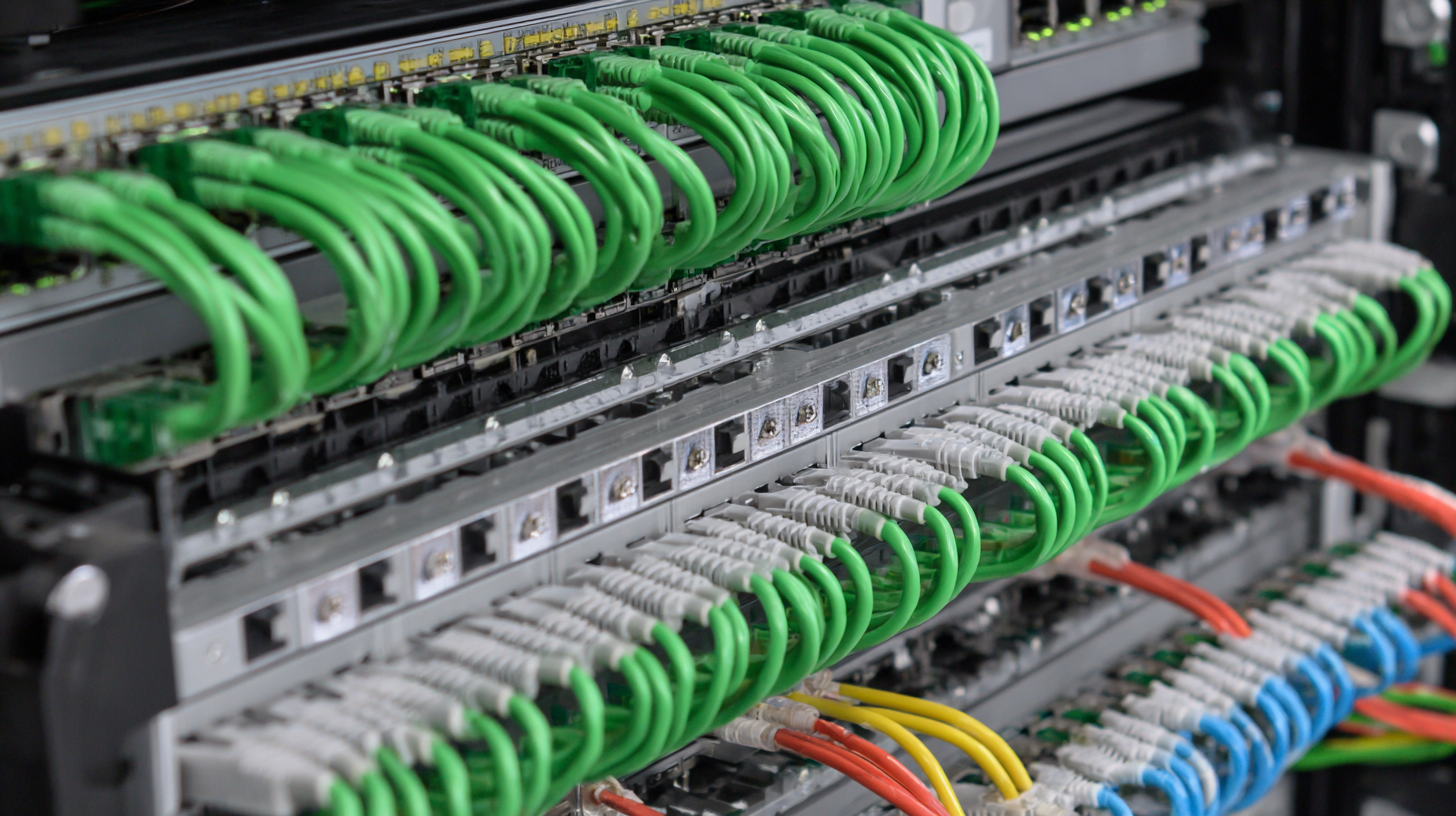
Understanding the Importance of Patch Panels in Network Infrastructure
Patch panels are crucial components of any robust network infrastructure, serving as centralized points for managing and organizing network connections. According to a report by MarketsandMarkets, the global structured cabling market, which includes patch panels, is projected to reach USD 12.82 billion by 2025, reflecting a CAGR of 7.8%. This growth emphasizes the increasing reliance on efficient cable management systems in both enterprise and residential setups. A well-implemented patch panel not only simplifies network maintenance but also enhances overall performance by reducing cable clutter and ensuring optimal signal transmission.
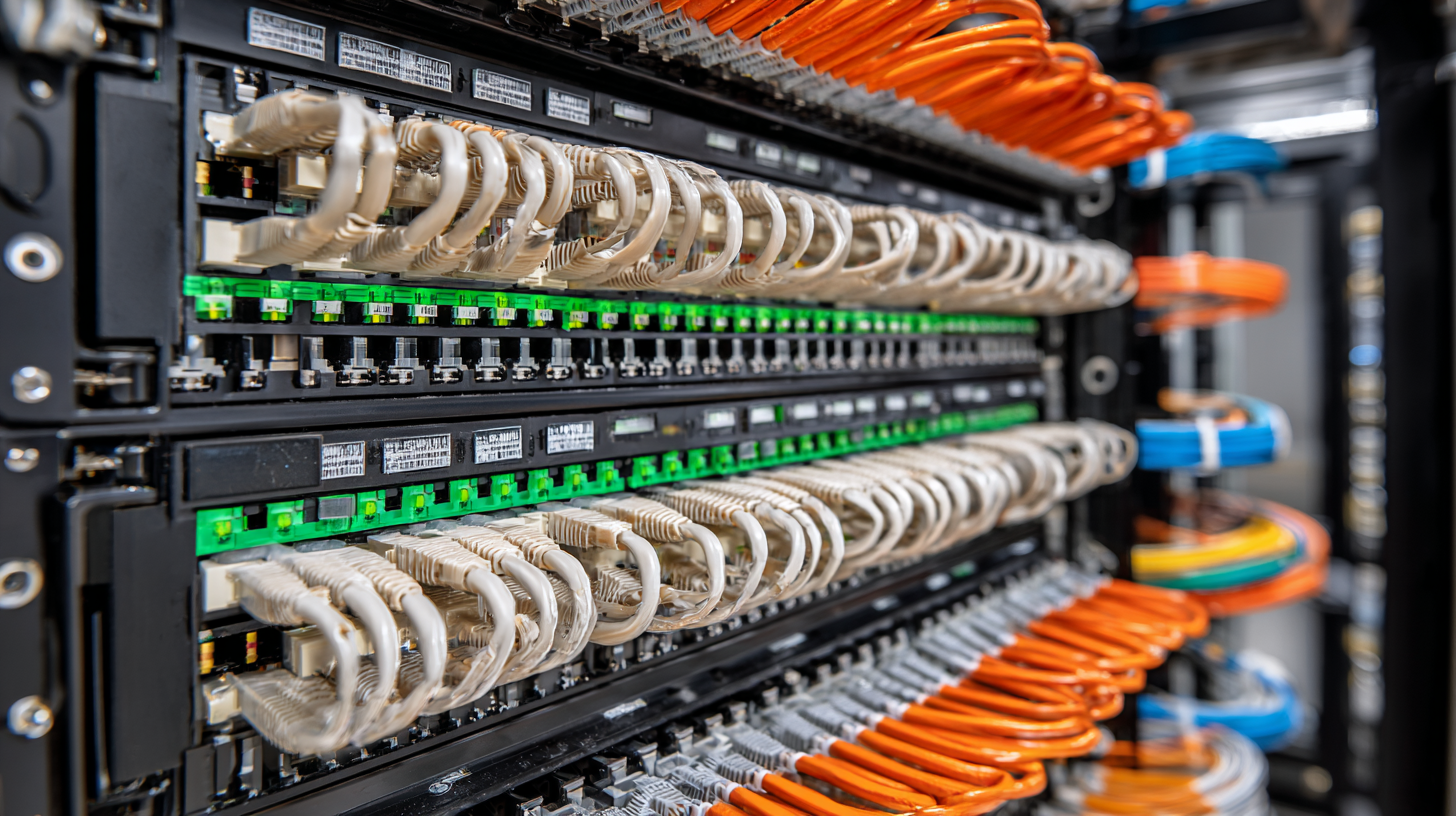
Moreover, patch panels play a vital role in scaling network infrastructures as businesses evolve. A survey from the International Data Corporation (IDC) indicates that 90% of IT professionals recognize the need for flexible and adaptable cabling solutions to keep pace with the rapidly changing technology landscape. By facilitating easy reconfigurations, patch panels empower organizations to swiftly accommodate new connections and reduce downtime during updates. This adaptability is essential for maintaining a competitive edge in an era where connectivity demands are constantly growing.
Key Features to Look for in 2025’s Top Patch Panels
When selecting patch panels for your network infrastructure in 2025, it's crucial to consider several key features that directly impact performance and efficiency. One of the primary aspects to focus on is the panel’s port density; higher density panels can maximize space usage in data centers and network closets, providing ample connections without overwhelming the setup. Additionally, look for panels with modularity; modular designs offer the flexibility to adapt to changing networking needs by allowing users to easily reconfigure or expand their setups.
Another important feature to evaluate is the build quality of the patch panels. Panels constructed from durable materials can withstand the rigors of daily use while providing reliable connectivity. Other enhancements, such as color-coded ports and labeling options, facilitate easier management and troubleshooting, ensuring smooth operations in complex networks. As the patch panel market is projected to grow significantly, it's essential to prioritize these features to ensure optimal network performance and future-proofing your infrastructure.
Comparative Analysis of the Top 5 Patch Panel Options for Networks
When selecting the best patch panel for your network infrastructure, it's crucial to understand the key differences among various options available in 2025. A recent report by ResearchAndMarkets highlights that the global market for patch panels is projected to grow at a CAGR of 5.4%, driven by the increasing demand for high-speed connections and data management solutions. Among the leading options, five standout patch panels are frequently noted for their performance and versatility: Cisco, Netgear, Tripp Lite, StarTech, and Belkin.
The comparative analysis reveals that Cisco patch panels often excel in enterprise environments, offering robust support for large-scale deployments. Their advanced features such as port management and user access control are tailored for organizations requiring heightened security. In contrast, Netgear provides user-friendly options that cater well to small and medium-sized businesses, delivering a balance between performance and cost-effectiveness. According to an industry survey by TechTarget, 67% of IT professionals prefer Netgear for its simplicity and reliability.
Furthermore, Tripp Lite stands out for its flexibility, offering both CAT6 and fiber options that accommodate various networking needs; around 52% of users surveyed reported enhanced connectivity performance with this brand. With these insights, businesses can make informed choices that align with their operational requirements and budgetary constraints.
Best Practices for Installing and Managing Patch Panels
When it comes to setting up an efficient network infrastructure, effective installation and management of patch panels are crucial. Proper installation can enhance network organization, facilitate troubleshooting, and improve equipment longevity. Begin by choosing the correct type of patch panel that aligns with your network’s requirements—consider factors such as port count, shielded versus unshielded options, and whether you need a vertical or horizontal design.
Tips: Before installing your patch panel, ensure that you organize your cabling neatly. Using color-coded cables and labels will simplify future maintenance and upgrades. Additionally, while installing, allow for ample space between the panel and any other equipment to promote proper airflow and prevent overheating.
Monitoring is another essential component of managing patch panels. Regular checks on connectivity and signal quality can help preempt potential issues. Incorporate a maintenance routine where you inspect each connection and ensure that ports are not overcrowded.
Tips: Implement a digital inventory system for your patch panel connections, making it easier to track changes and resolve issues swiftly. This proactive approach will ensure your network remains efficient and adaptable as your infrastructure grows.
Future Trends in Patch Panel Technology and Their Impact on Networking
The landscape of patch panel technology is rapidly evolving, driven by increasing demands for bandwidth and advanced connectivity solutions. The global patch panels market is expected to surge from $1.28 billion in 2024 to an impressive $2.78 billion by 2032, showcasing a CAGR of 10.44%. This substantial growth underscores the need for network infrastructure that can support rising data transfer rates, especially as the sophistication of network architecture continues to escalate.
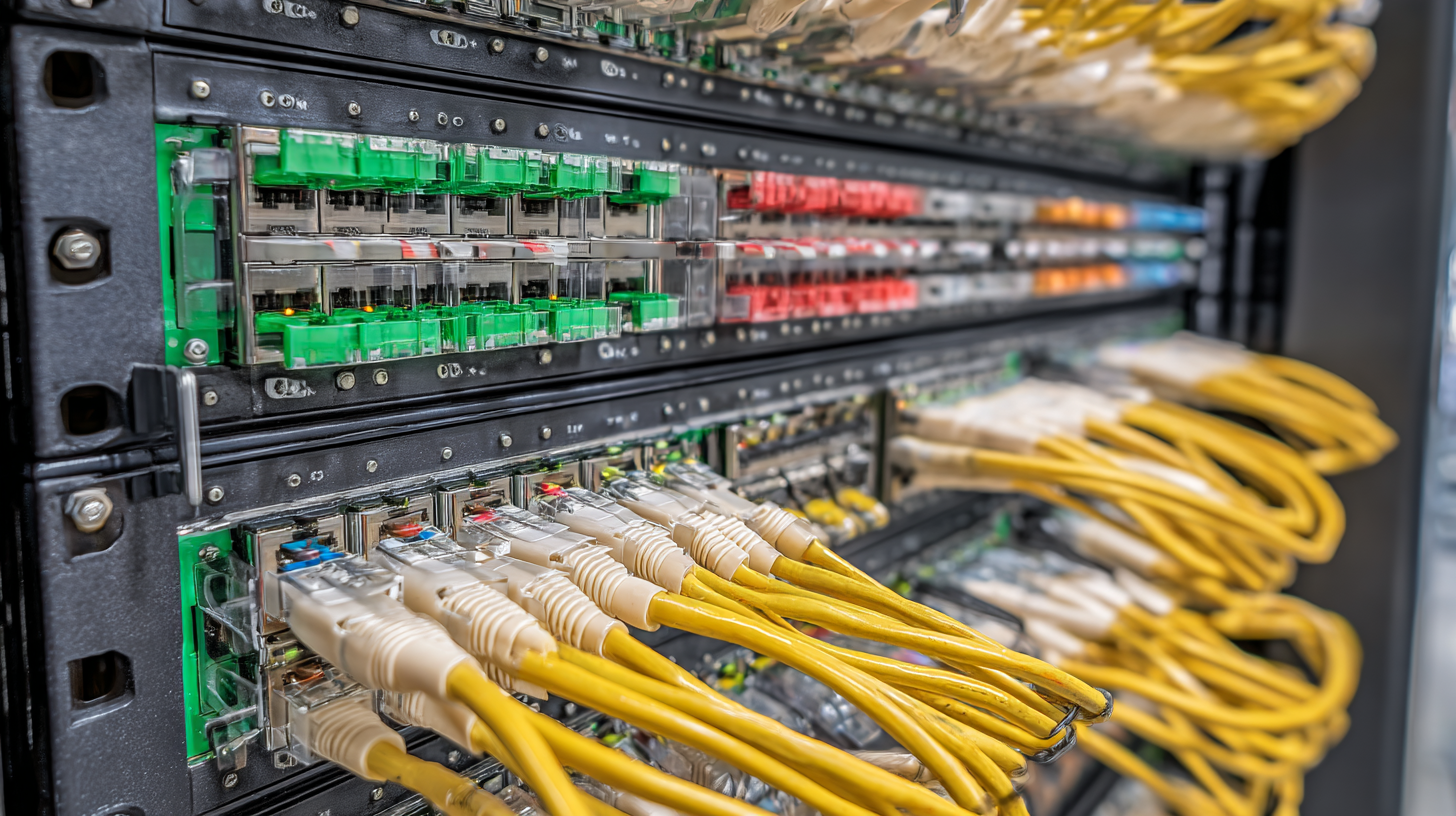
As data center bandwidth reaches unprecedented levels, the dependence on fiber optic technology is becoming more pronounced. Innovations in patch panel designs are critical for accommodating higher fiber counts and ensuring efficient data management. With significant players in the structured cabling market projected to reach USD 20.38 billion by 2030, the integration of smarter, more flexible patch panels is essential for businesses seeking to future-proof their network infrastructure.
Tips: When choosing a patch panel, consider the scalability of your network and the type of cabling that will support future demands. Ensure your selection aligns with expected technological advancements. Additionally, regular assessments of your network's performance can help tailor upgrades as needed, keeping you ahead in an ever-evolving digital landscape.
Related Posts
-

How to Choose the Right Patch Panel for Your Networking Needs
-
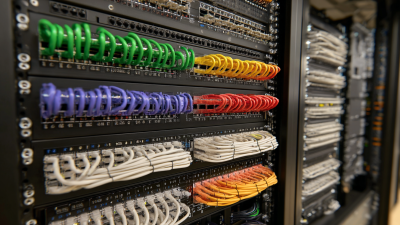
Understanding Patch Panels: The Backbone of Efficient Network Management
-
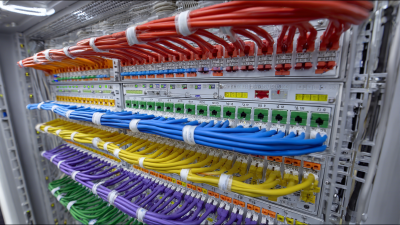
7 Best Practices for Selecting the Right Patch Panel for Your Network
-

How to Choose the Right Network Patch Panel for Your Installation Needs
-

How to Choose the Right Patch Panel for Your Networking Needs
-
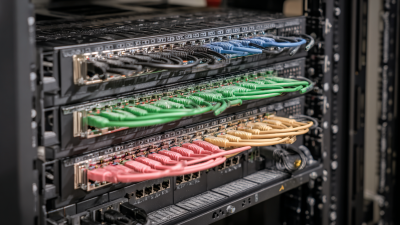
Unlocking High Performance Networking with Advanced Cat 6A Patch Panels for Future Proof Systems
